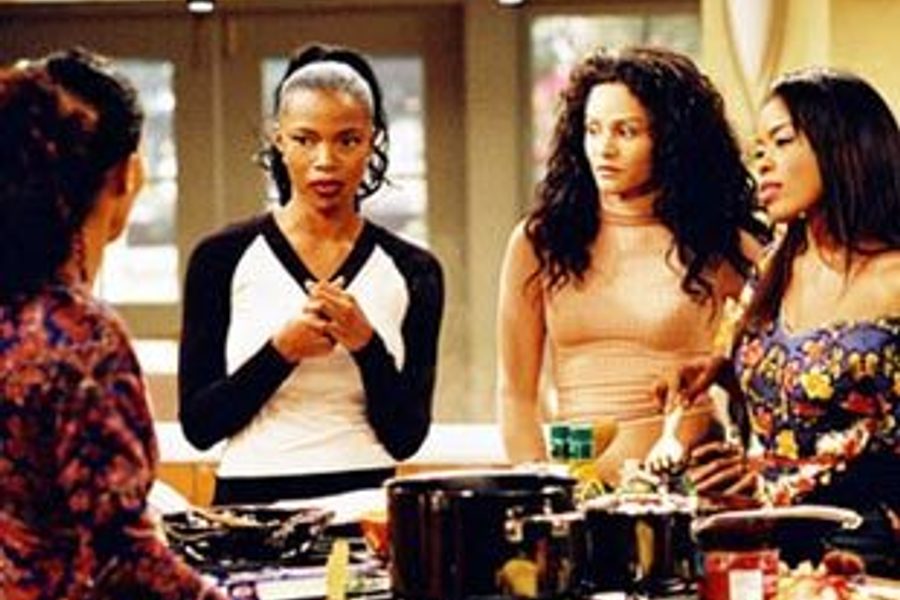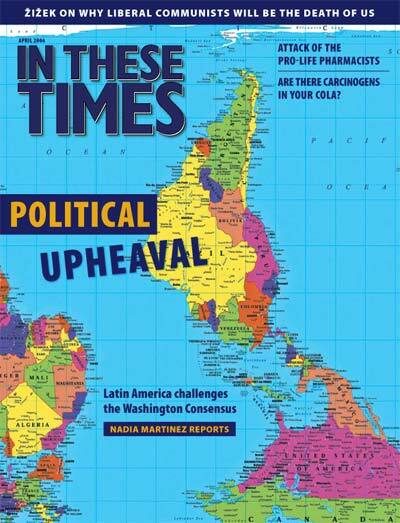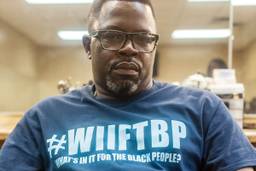
Diversity is an integral part” of the newly formed CW television network, says spokesman Paul McGuire. On May 18, the channel will announce its fall television lineup, and black viewers are looking to see what it includes for them.
Earlier this winter, CBS Corporation and Warner Bros. Entertainment unveiled the CW as their attempt to launch a viable fifth network. The dissolution of UPN and the WB – the revenue-losing fifth and sixth networks – cleared the way for this network, owned jointly by the respective parent companies. CW officials insist they “want to appeal to the various disparate elements” of their target market, the 18 to 34 year old demographic.
But African Americans are not buying the party favors or champagne yet. Once upon a time, a little network called Fox decided to compete with the Big Three – CBS, NBC and ABC. In the mid-’80s, Black-themed and produced shows like “In Living Color,” “Living Single,” “Roc” and “Martin” inspired a cult-like following among black viewers, who hoped they’d gained a network that consistently valued their tastes and dollars in a non-patronizing way. That symbiotic relationship ran its course by the mid-’90s, when Fox began to cater to a mainstream, white audience with shows like “Ally McBeal,” and “Party of Five.”
Kristal Brent Zook, author of Color by Fox: The Fox Network and the Revolution in Black Television, says executives initially made a pragmatic business decision to go out on a limb and give unique creative control to blacks. They succeeded by seizing the urban youth market.
Both the WB and UPN formed in 1995 and quickly mimicked the Fox model. Steve Harvey, Jamie Foxx and the younger Wayans Brothers had shows on the WB. UPN is often dubbed “Us Peoples Network,” a tongue-in-cheek nod toward its casting choices. But profits and ratings lagged for both networks.
With the growth of cable over the last decade, competition has grown fiercer. For the CW to turn a profit and keep from drifting behind in the ratings, Zook says edgy thinking is necessary.
UPN currently has a lineup that includes several shows with mostly black characters: “One on One,” “Half and Half,” “Eve” and “All of Us.” Yet while the network’s new breakout hit “Everybody Hates Chris” demonstrates that buffoonery is not the only comedic device to win viewers, that’s just one show – and it’s not enough to cancel out the dozens of times on each episode of “Girlfriends” that Maya does a sassy, sister-girl neck roll.
In 1999, Kweisi Mfume of the NAACP described network television, with its lack of people of color as executives, a “virtual whitewash.” Since then, CBS has instituted diversity initiatives, spanning from writing fellowships for minorities to acting workshops. Its Web site displays UPN minority and youth stars, proclaiming, “we aim to ensure that our national viewing audience is reflected in our programming and our people.” A CW spokesman said it was yet to be determined whether the new network would continue with those initiatives – even though the parent company CBS Corporation is still involved in the launch.
The one possible upside to the ever-increasing media conglomeration is that these mega-companies may have resources and money to pour into smart programming. “That would be the hope, but we don’t know the bottom line for them,” says Jannette Dates, dean of the John H. Johnson School of Communications at Howard University. Dates, co-author of Split Image: African Americans in the Mass Media, says cable networks like HBO (owned by Time Warner) have demonstrated that smart programming that is both compelling and diverse, such as original movies on Dorothy Dandridge and a medical revolution at Johns Hopkins Hospital featuring rapper Mos Def, can succeed.
Other minority groups also yearn to see themselves on the small screen. This fall My Network TV, a primetime venture launched by Fox, debuts. This network channel will be picked up by some former UPN or WB stations. Two English-language telenovelas–Latin America soap operas – will inaugurate its programming.
If the CW hopes to compete with the Big Four and carve out a niche, executives may want to take note of an overlooked tidbit. There already is a viable fifth network: Univision. In last month’s sweeps, on a Thursday night, the Spanish-language station beat out UPN and the WB – combined.







